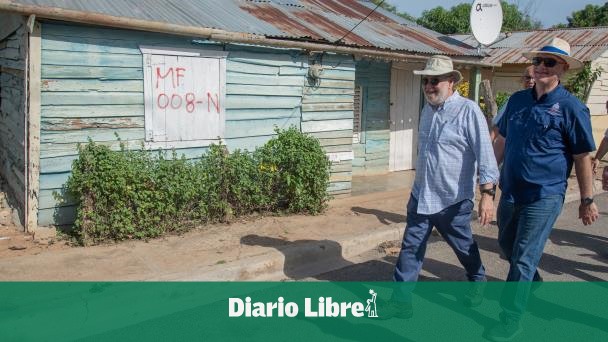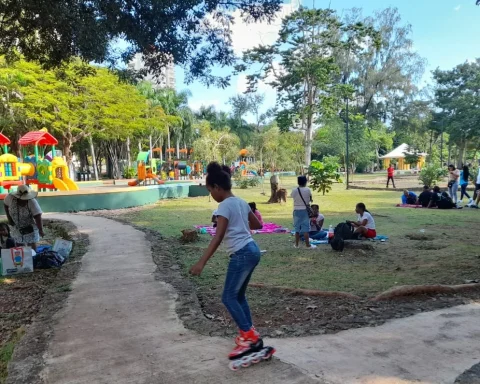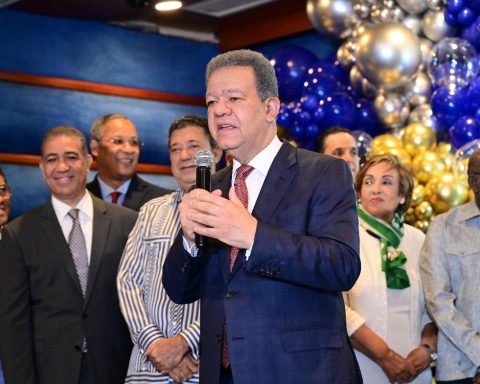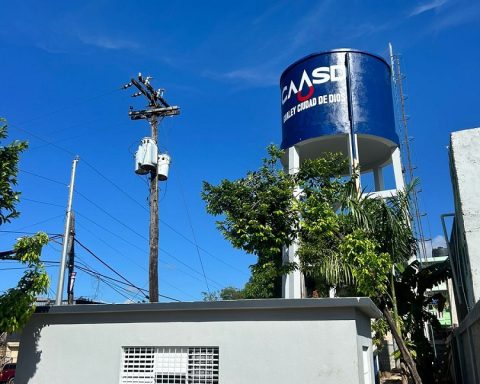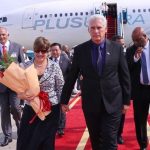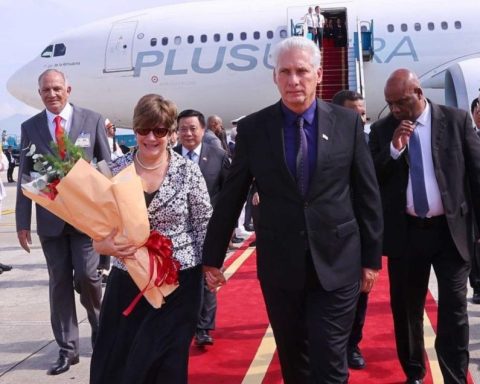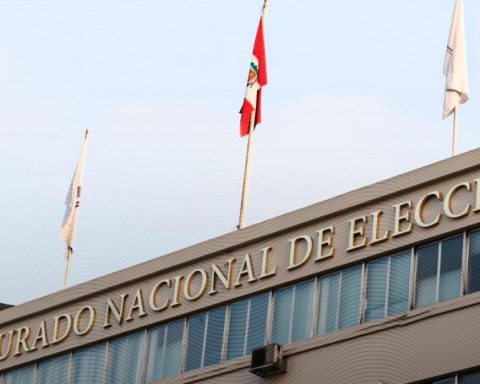The border area from the Dominican Republic and Haiti It is the part that receives the least resources from the national budget every year, but, at the same time, its population has been decreasing for years, according to official data.
“Because of the absence of opportunities, jobs, possibilities that drive youth to leave that area and that is something that has been accumulating. Now, for example: the projection is that there are barely 500,000 people in the 10,800 square kilometers that corresponds to the provinces of the border area”, he expressed Erick Dorrejo Medinain charge of the Department of Planning and Development of the border area of the Ministry of Economy.
He said that last year they designed a development strategy for the border area that it’s called “My border RD”which has 90 initiatives and projects.
0.4%
The border area contributes to the country through contributions to the Internal Revenue Office.
“The starting point of the strategy is to be able to generate jobs, entrepreneurship and opportunities in the border area because that way it is going to be possible to increase the amount of resident population that is there and with that increase in the population it is that the national government can allocate more public investment”, he argued.
He pointed out that as long as there are few people, public investment has to be concentrated in those points where there is the greatest amount of population and where there is a greater population density.
Dorrejo Medina gave as an example Free Journalwhich by 2022 was transferred to the total of municipalities 27,307.9 million pesos and to the 33 of the border area they only receive 1,553.24 million pesos, for 5.68%. “That strategy has been seeing the productive social institutional aspects, the infrastructure that is needed from the point of view of roads, health, energy, digital and all environmental issues in order to take a different look at what has historically past in the border area and it is that it has been a forgotten region because there have been no concrete goals that can help”, he assured.
Input
Dorrejo Medina said that in terms of contributions to the General Directorate of Internal Taxes (DGII), during 2021 the DGII collected, according to the taxpayer’s tax domicile, a total of 607,446.36 million pesos. Of that amount, the border area contributed 2,662.54 million pesos, for 0.4%.
Population
It is estimated that in the year 2022 there will be 10,621,938 inhabitants in the Dominican Republic, of which 502,088 live in the provinces of the border areafor 4.72% of the total.
According to the document, In the border area there is a low population density and it has about 20% of the national territory.
Five of the six provinces with the lowest number of people by surface area in the country are located in the area, including Pedernales and Independencia, those with the lowest density at the national level. In addition, the seven border provinces (flints, Independence, Elijah Pineapple, dajabón, Montecristi, Bahoruco Y Santiago Rodriguez) have a population density of less than 80 inhabitants/km2, classified in the “sparsely populated” or “low demographic density” categories. The authorities included Bahoruco and Santiago Rodríguez in “Mi Frontera RD” because they have socioeconomic characteristics similar to those bordering; and, furthermore, because the seven provinces are part of the Special Zone for Comprehensive Border Development (ZEDF) created by Law No. 12-21.
Agriculture is the main economic activity of the border areaof low productivity, little diversification and small scale, with very limited connection with the local and international market.
The absence of a comprehensive development plan for the border area was identified, for which a common and comprehensive vision has been designed through the Development Strategy for the Border Area to be implemented by 2030. MI Frontera RD consolidates the established interest in the Constitution for the sustainable development of this territory.
